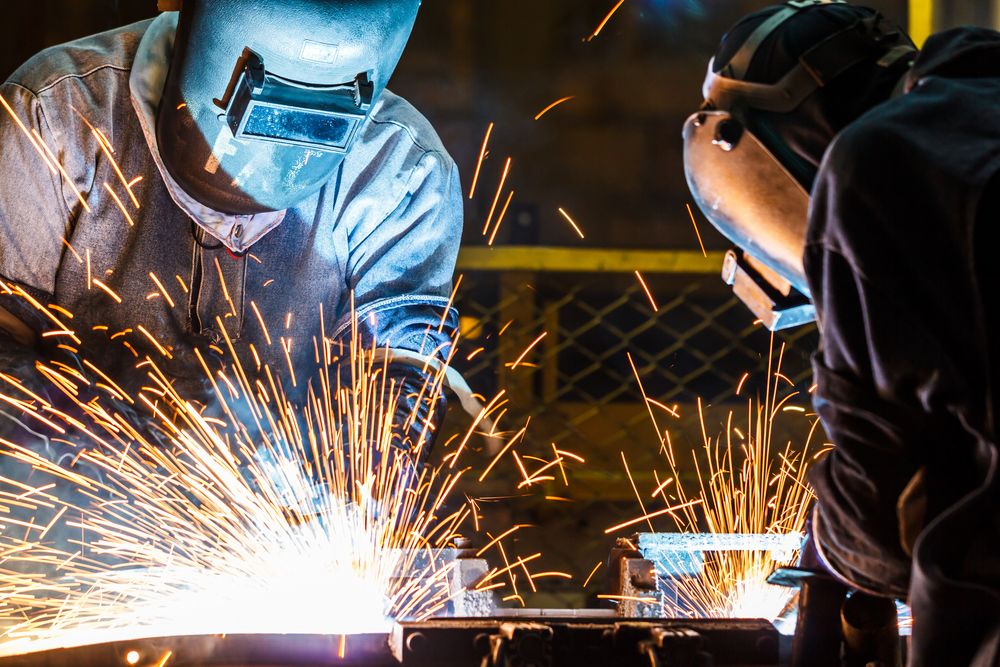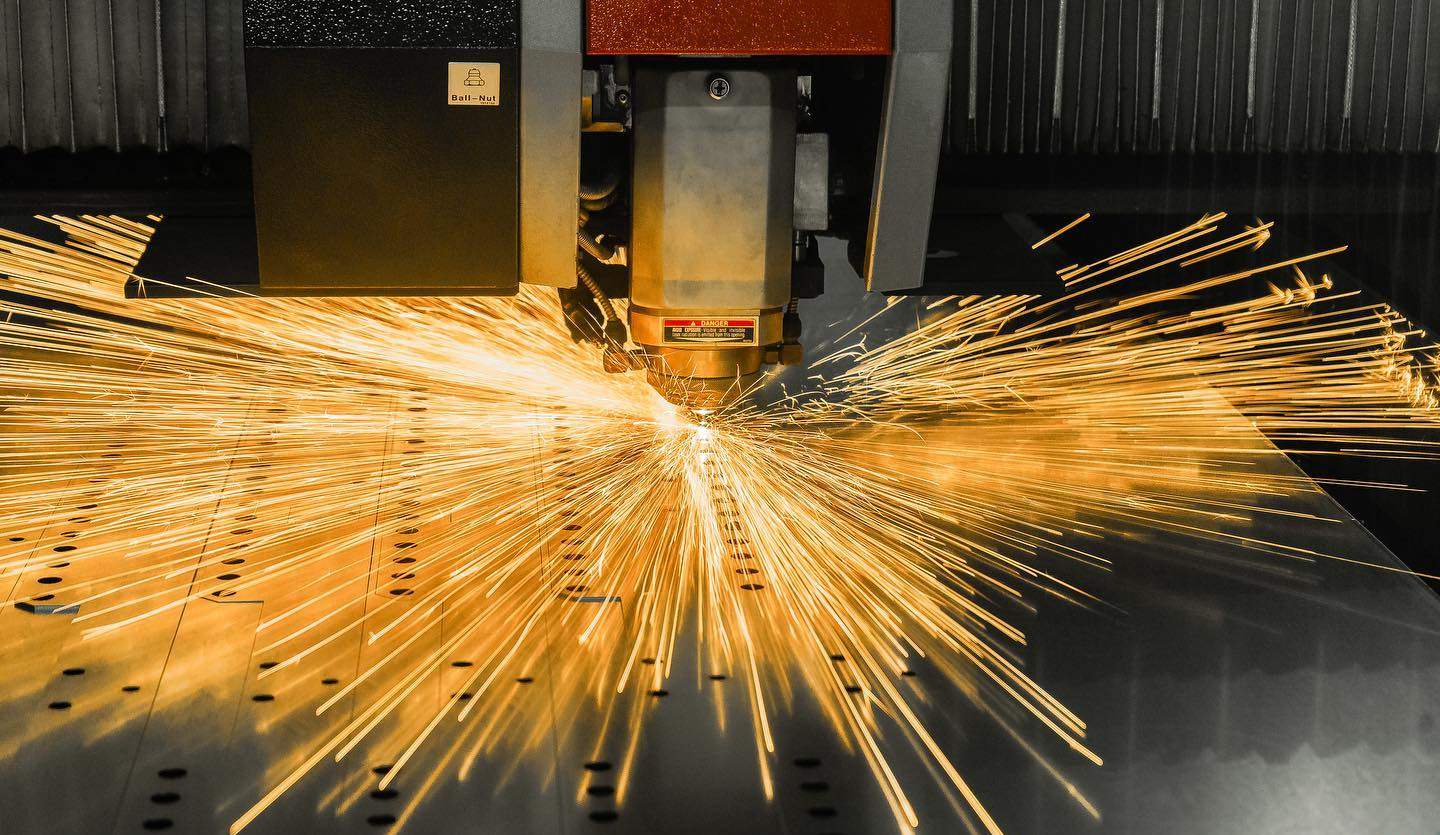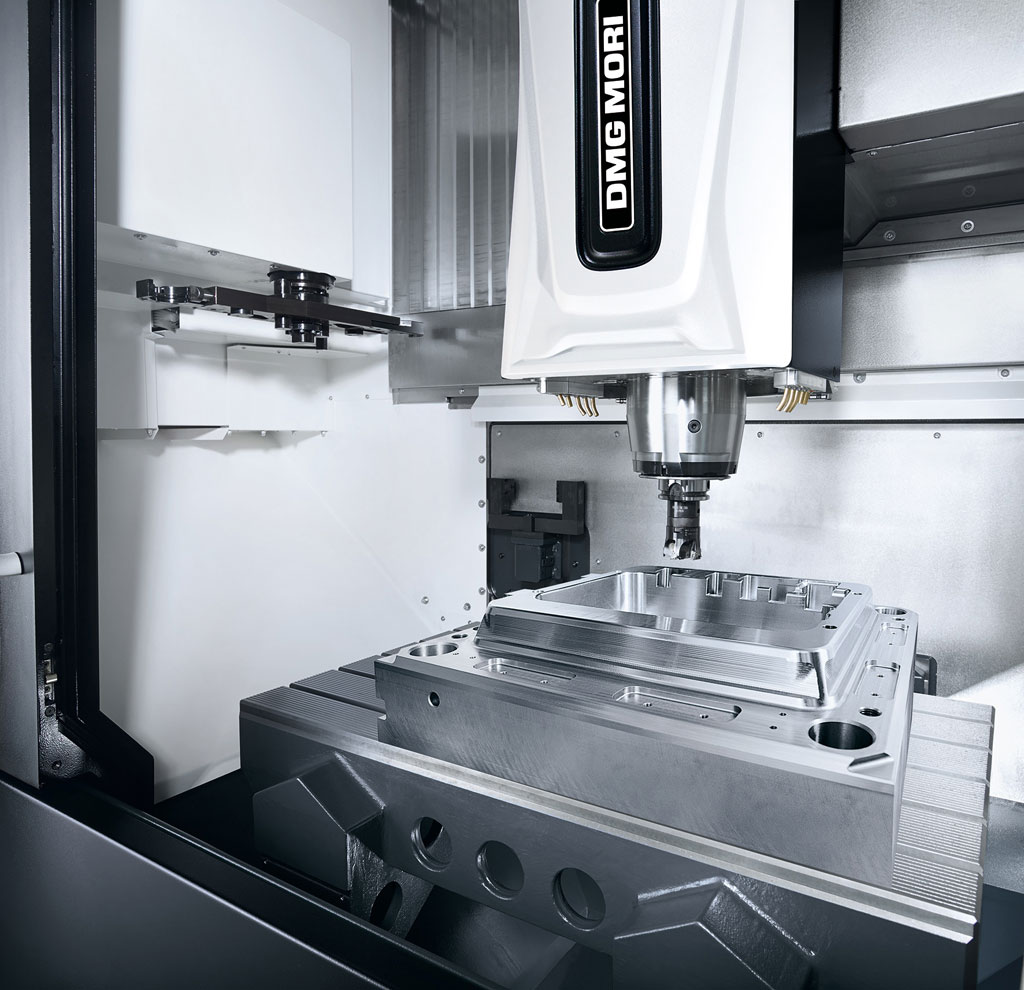What are the Techniques of Fabrication?
Fabrication techniques encompass a wide range of processes used to shape and assemble raw materials into finished products. At Qingdao TianHua YiHe Foundry Factory, we specialize in delivering high-quality fabrication solutions customized to various industrial needs. Let's explore some key fabrication techniques:
1. Welding Techniques
Welding is a fundamental process in fabrication that joins materials through fusion. Various welding techniques include:
Arc Welding
Arc welding uses electricity to create intense heat, melting and fusing metals together. Techniques like MIG (Metal Inert Gas) and TIG (Tungsten Inert Gas) welding are common.
Resistance Welding
Resistance welding uses heat generated by electrical resistance to join metals. Processes include spot welding and seam welding.
Gas Welding
Gas welding uses a flame to melt and join metals together. It's versatile and suitable for both ferrous and non-ferrous metals.
Laser Welding
Laser welding utilizes a focused beam of light to join metals with precision, suitable for delicate or intricate parts.

2. Cutting Techniques
Cutting is essential for shaping raw materials into usable forms. Key cutting techniques include:
Plasma Cutting
Plasma cutting uses ionized gas to cut through electrically conductive materials like steel and aluminum with high precision.
Laser Cutting
Laser cutting employs a focused laser beam to cut through materials, offering precise cuts and intricate patterns.
Water Jet Cutting
Water jet cutting uses a high-pressure stream of water mixed with abrasive particles to cut through materials, suitable for various types of materials without heat-affected zones.

3. Forming Techniques
Forming techniques shape materials into desired shapes and configurations. These include:
Press Brake Forming
Press brake forming uses a press brake to bend and form sheet metal and other materials into specified angles and shapes.
Roll Forming
Roll forming passes metal sheets through a series of rollers to gradually shape them into desired profiles, such as channels or tubes.
Extrusion
Extrusion forces materials through a die to create continuous profiles with consistent cross-sections, commonly used for aluminum and plastics.
4. Machining Techniques
Machining involves subtractive processes to remove material from a workpiece to achieve desired shapes and dimensions. Techniques include:
Milling
Milling uses rotary cutters to remove material from a workpiece, producing flat surfaces, slots, and intricate details.
Turning
Turning rotates a workpiece on a lathe while a cutting tool removes material to create cylindrical shapes.
Drilling and Tapping
Drilling creates holes in materials, while tapping adds internal threads to these holes for fastening.

5. Assembly and Finishing Techniques
Assembly and finishing techniques bring fabricated parts together and enhance their appearance and functionality:
Assembly
Assembly involves joining fabricated components together using techniques like welding, riveting, bolting, or adhesive bonding.
Finishing
Finishing processes such as painting, powder coating, anodizing, or plating provide protective coatings and decorative finishes to fabricated parts.
At Qingdao TianHua YiHe Foundry Factory, we leverage these advanced fabrication techniques to deliver customized solutions that meet the highest standards of quality and precision. Whether it's welding, cutting, forming, machining, or assembly, our commitment to excellence ensures that each project is completed to the satisfaction of our clients across various industries.
